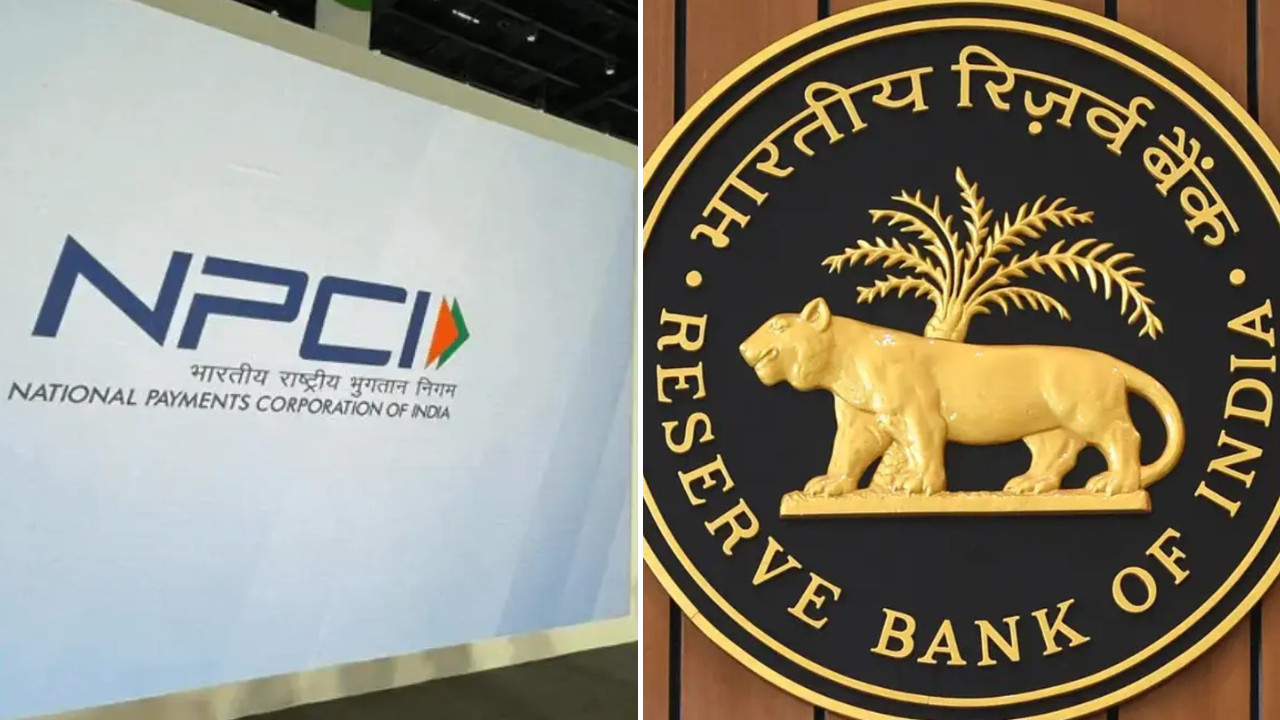The Great Indian Luxury Bazaar: Ambani vs. Birla – A Retail Rumble?
India’s luxury market is heating up, and the scent of high-end leather and imported perfumes is mingling with the unmistakable aroma of a good old-fashioned business rivalry. Forget cricket matches; the real contest is unfolding on the shop floors of gleaming malls, where two titans of Indian industry, Mukesh Ambani and Kumar Mangalam Birla, are vying for the attention (and wallets) of the country’s burgeoning class of affluent consumers. It’s a clash of retail philosophies, a battle of brands, and a high-stakes gamble on the future of luxury consumption in India.
For years, international brands tiptoed cautiously into the Indian market, unsure of its potential. Bureaucratic hurdles and complex regulations made expansion a headache. Now, those barriers have largely crumbled, and the sheer size of India’s consumer base – coupled with a rapidly growing number of high-net-worth individuals – has made it impossible to ignore. And who better to capitalize on this opportunity than two of India’s most ambitious business houses?
Reliance Retail, spearheaded by Isha Ambani, has been aggressively expanding its luxury portfolio. Their strategy seems to be a mix of acquiring existing premium brands and forging partnerships with international giants eager to establish a foothold in the Indian market. Think of it as a curated collection of coveted labels, all under one expansive umbrella. Their recent partnerships and acquisitions signal a clear intention: to dominate the premium and luxury space.

On the other side of the arena, the Aditya Birla Group, led by Kumar Mangalam Birla, is adopting a slightly different approach. While they also boast a significant presence in the fashion and retail sector, their focus appears to be on building a robust, in-house luxury ecosystem. They are nurturing their own brands and creating a distinctive identity that resonates with the discerning Indian consumer. This organic growth strategy allows them to maintain greater control over branding and customer experience.
Decoding the Strategies: Reliance vs. Birla
The contrast in approaches is fascinating. Reliance’s strategy is about speed and scale, acquiring brands and building a vast network of retail outlets to capture market share quickly. It’s a strategy that leverages their existing infrastructure and financial muscle. They are essentially creating a luxury retail supermarket, offering consumers a wide range of choices under one roof. For example, Reliance Retail is already a major player in general retail, and you can read more about their broader strategy on [our retail industry trends page](internal-link-to-related-content).
Birla’s approach, on the other hand, is a marathon, not a sprint. It’s about building a strong foundation, crafting a unique brand identity, and fostering long-term customer loyalty. They are focusing on creating an exclusive and personalized shopping experience, appealing to consumers who value craftsmanship and heritage. This approach might take longer to yield results, but it could create a more sustainable and resilient luxury business in the long run.
Who Will Win the Race to Luxury?
Predicting the winner in this high-stakes game is a fool’s errand. Both Reliance and Birla possess formidable resources, extensive networks, and deep understanding of the Indian consumer. The outcome will likely depend on several factors, including their ability to adapt to changing consumer preferences, effectively manage their supply chains, and navigate the complexities of the Indian retail landscape. The Indian consumer, after all, is becoming more sophisticated and demanding, seeking not just luxury goods but also unique experiences and personalized service.
The Indian luxury market is also not a monolith. What appeals to a consumer in Mumbai might not resonate with someone in Delhi. Successfully navigating these regional nuances will be critical for both companies. Furthermore, the rise of e-commerce and digital marketing is transforming the luxury retail landscape. Both Reliance and Birla will need to invest heavily in their online presence and develop innovative strategies to engage with consumers in the digital realm.
The Ambani vs. Birla showdown isn’t just about business; it’s a reflection of India’s growing economic power and its emergence as a global hub for luxury consumption. It’s a testament to the ambition and entrepreneurial spirit of Indian businesses, who are increasingly confident in their ability to compete on the world stage. Regardless of who ultimately emerges as the dominant player, one thing is certain: the Indian luxury market is poised for explosive growth in the years to come.
In the end, the real winner will be the Indian consumer, who will have access to a wider range of luxury goods and experiences than ever before. The competition between these two giants will undoubtedly drive innovation, improve customer service, and ultimately elevate the standards of luxury market retail in India. The next few years promise to be an exciting time for the Indian luxury sector, so keep an eye on these industry trends as they develop.







